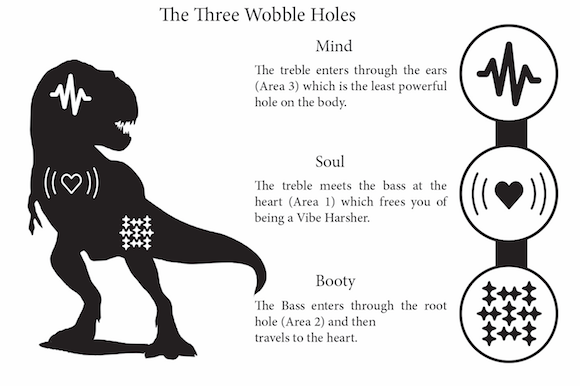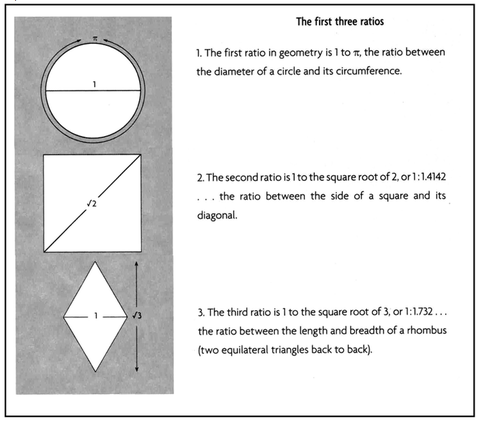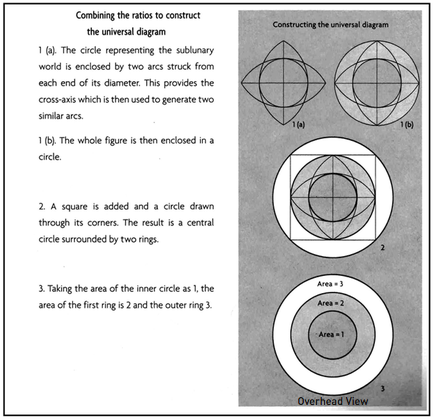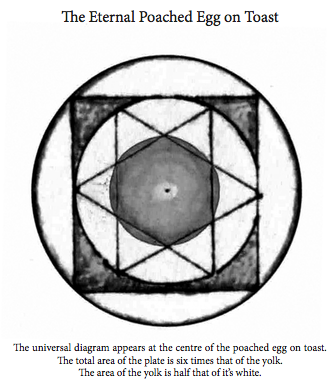
The Three Wobble Holes
Traditional cosmology and the schemes of geometry that illustrate it develop from a central point. In practical geometry this centre is marked by the indentation made by the point of a compass in drawing a circle; in cosmology it symbolizes the pole of the universe. By geometric convention, the centre point has no dimensions, and neither has the universal pole. The existence of the pole is acknowledged through necessity, because the circle of the universe, like any revolving disc or sphere, must have a fixed centre or axis on which it spins. The nature of this constant but dimensionless fixed element is a mystery beyond rational resolution, and the same mystery arises with the question of who or what is the source of Creation. The answer of course is the Creator, the Great Geometer of our creation myth, otherwise God, Allah, the Great Spirit, the Higher Power, the Unlimited, the First Cause… an archetype with many names but no definitions. By convention and without further implications, the Creator is called “he”, and his central position in the universe is symbolized by the universal pole. The pole itself is taken to represent divine law-the unchanging, everlasting code of harmonies and proportions on which the universe revolves

The Creator in this story dreamt up the world as an imitation of his own ideal state. He made it as a spherically shaped living creature, complete with body, soul, and spirit. It is the only independent creature that exists, for all other creatures are merely parts of it, dependent upon it and upon each other. Other dimensions and existences there may well be, but all are embraced by the unique Whole. This universal creature is therefore the natural symbol of the number One. It is an autonomous entity and outside it there is nothing

Traditional cosmogonies (stories of how the world began) are centred upon the Creator simply because there is no better alternative. One option is to centre the universe upon oneself and one’s own transitory existence. That is called solip sism, and its sad effects can be seen in anyone who suffers from being self-centred Also solipsistic are the images of modern cosmology, whose source and centre are in the inventive minds of mathematicians. The least controversial attribute of the cosmic centre is Mystery. You cannot depict a mystery; it has no image and nothing definite can be said about it. The same is true of the philosopher’s God. This is the God known to Jewish cabalists as En Soph, meaning an existence to which nothing positive can be attributed because it combines and reconciles all the opposite elements to which it gave birth. In certain mystical religions the Creator is so transcendent that he is not even allowed existence. This is not the sort of God upon which cults and faiths can flourish, for there is nothing there to grasp hold of.
